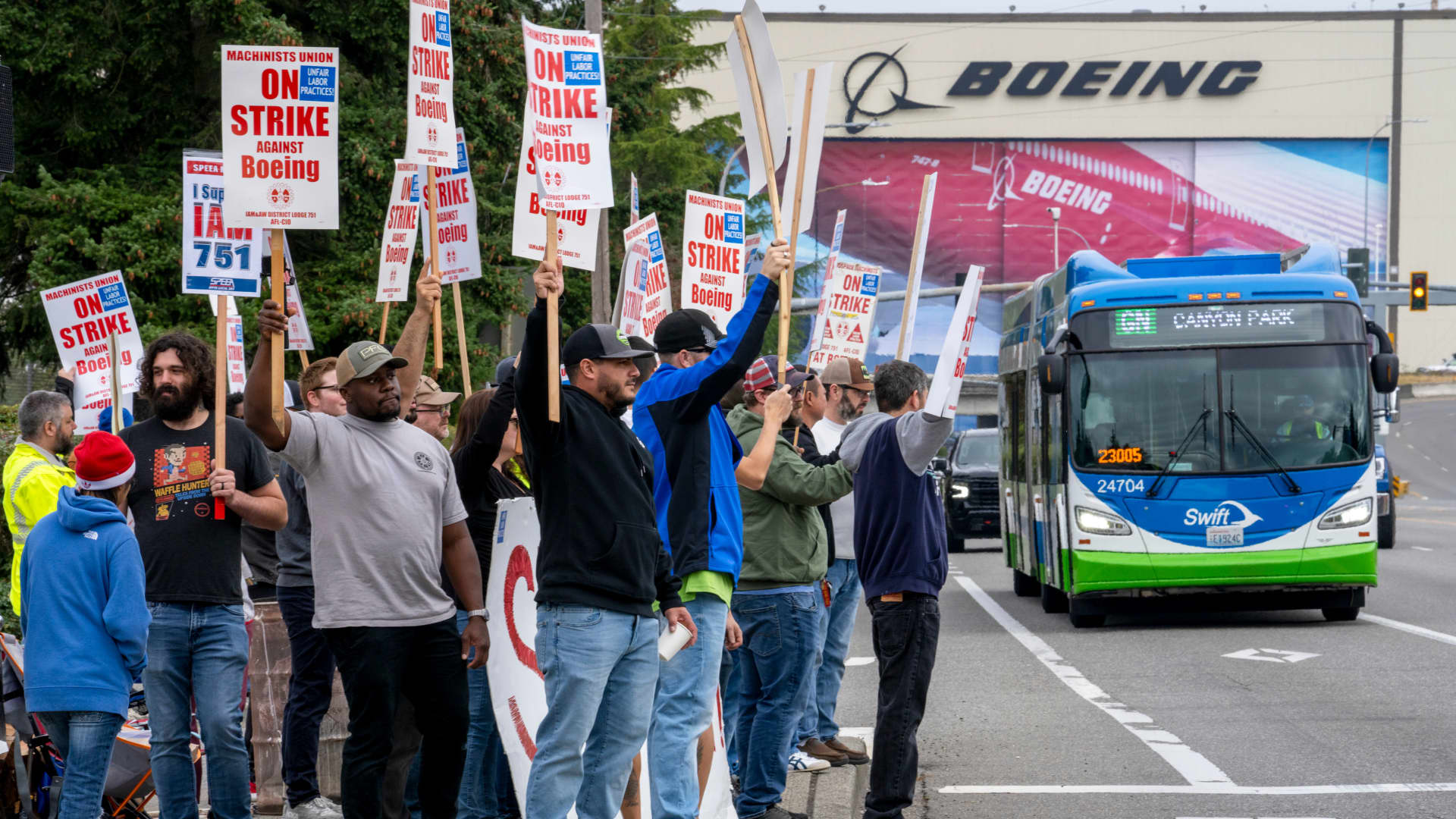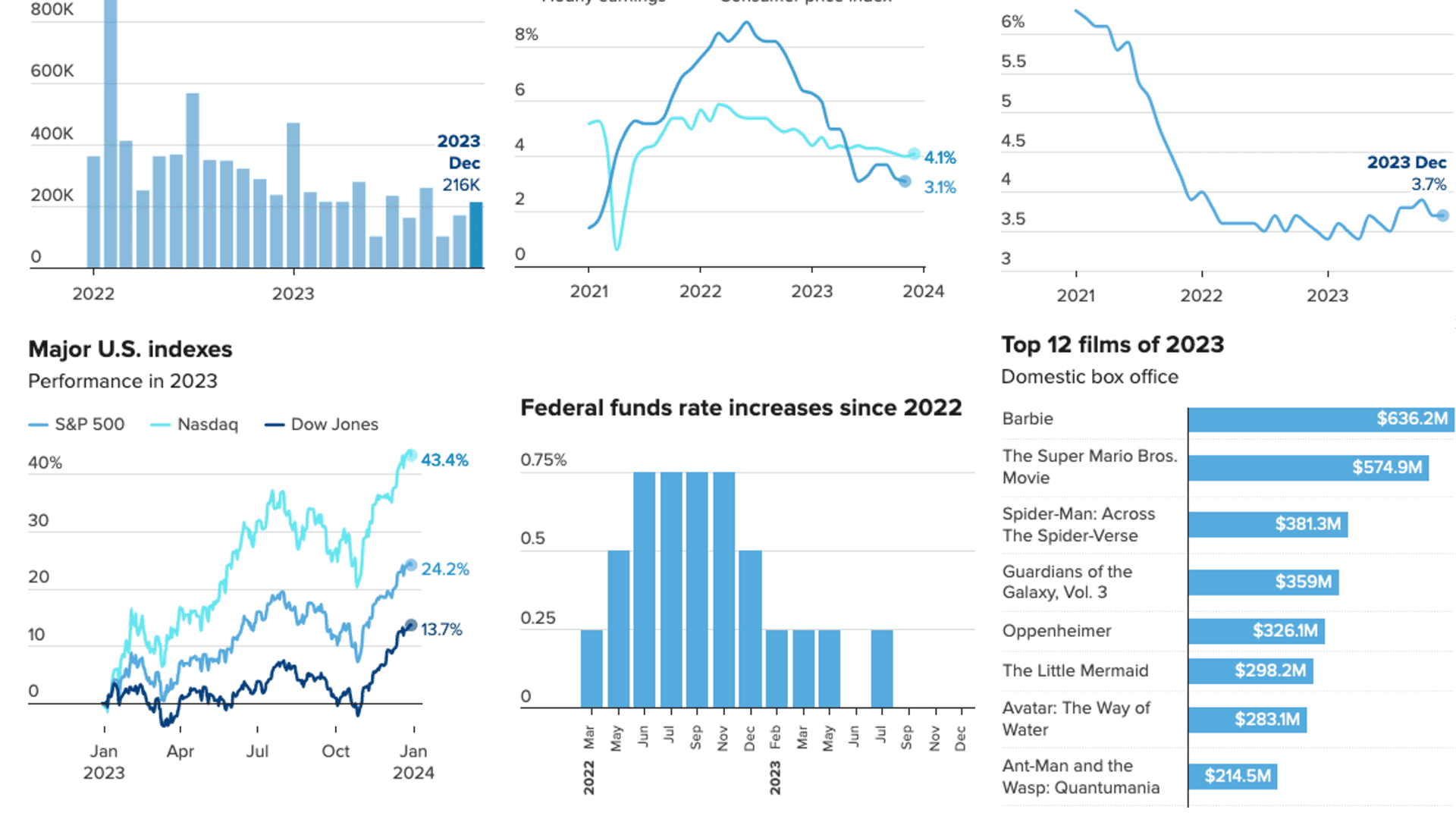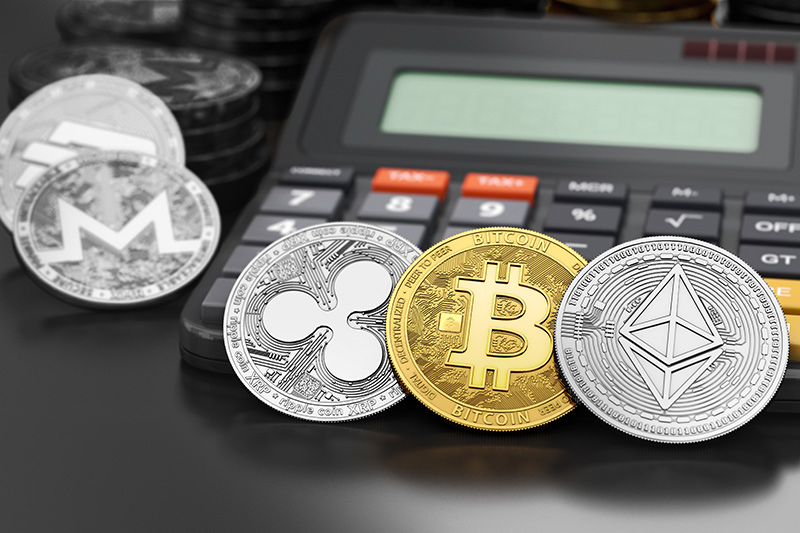A version of this article first appeared in the CNBC Property Play newsletter with Diana Olick. Property Play covers new and evolving opportunities for the real estate investor, from individuals to venture capitalists, private equity funds, family offices, institutional investors and large public companies. Register to receive future issues, directly to your inbox.
Billionaire Barry Sternlicht, chairman and CEO of Starwood Capital Group, is a legendary and legacy real estate investor. Brendan Wallace is an entrepreneur who co-founded Fifth Wall, a venture capital firm investing in real estate technology and real estate decarbonization. The couple met for the first time at the gym. Now, Wallace can say that Sternlicht is a mentor – as well as a Fifth Wall investor – and Sternlicht jokes that Wallace is his coach.
Together they gave CNBC Property Play a rare glimpse into how old-school commercial real estate investing is pivoting toward a technology-driven new world order and how that new world order still depends on lessons learned in the past.
Here are some highlights from the conversation, edited for clarity and length:
About investing in CRE
Severe light: We endured a fairly rapid rate rise of 500 basis points, and most people who invested had to pay some price for that, whether property yields increased or they were not adequately hedged. Their costs increased, their expenses increased, and they drained a lot of cash flow from assets that could have gone into fixing them. That is now behind us and there is no doubt that interest rates are falling. …In May of next year, Jerome [Powell] will be out [as Federal Reserve Chairman]and no one will get that job without accepting lower rates.
I think they should lower the rates. I think the inflation we are seeing is related to tariffs. To be continued. It will likely get worse in the fourth quarter, when new inventory hits shelves and tariffs can no longer be ignored.
Wallace: The rate increases that Barry was mentioning hit fintech by definition, because all the tech companies, all the loss-making companies, all rerated at the same time. And at the same time, demand for commercial real estate stopped.
I would say an additional overlap was that a lot of real estate companies' investments over the last four years were focused on decarbonization efforts, so they were trying to conform to the new carbon neutrality laws… and anticipate this kind of wave of decarbonization. And I feel like with [President Donald] With Trump's election, it seemed as if they had gotten a pass, certainly for four years.
About AI and data centers
Severe light: We probably have 20 billion dollars dedicated to [the data center] space. I think it's a different topic than you think. Most of us don't build until we get a hyperscaler lease. So we get the lease from Amazon, Microsoft, Google, Oracle. What we're looking at now is the credit worthiness of the tenant, and in particular Oracle, because Oracle is doing all these back-end deals to [ChatGPT]and Chat is a startup that doesn't make money and requires hundreds of billions of dollars to grow to the scale they want.
There is no doubt that AI will change the entire world and it will do so much faster than anything we have seen before, much faster than the Internet and certainly faster than the Industrial Revolution. That's terrifying to me. I mean, I'm not that complacent. I look at… how we spend money and what I can do with AI agents that I do with humans today, and it's terrifying to people. I think we have to let people go, right? You can do jobs for 15 people with a chatbot that costs me $36 a month.
Wallace: I was trying to track all of these quite byzantine and somewhat incestuous compromises that are happening between big tech companies, between digital infrastructure providers, and it's actually very difficult to track who will ultimately pay for everything, but ultimately it has to be paid for in the economy.
The way to simply test whether it makes sense is if you look at the amount of AI computing it will take to fill all the data centers that are in production or have been announced to go into production, and then you assume that tech companies have to make some profits on top of that to justify it, which isn't the case today, but let's assume they have to. Take whatever margin you want and assume that's the revenue that then flows into big language models and AI. What percentage of the US GDP would it be today if those calculations were made? My fear is that it could represent around 120% of the US GDP.
About your next bets
Severe light: In fact, we are investing a lot in Europe. Not here. They have done the stimulus package. They have low rates. In reality, they have no inflation. They have no tariffs. It's surprising, having returned from Europe and the Middle East, I can buy everything cheaper in Europe than here now.
Wallace: New York City. People overestimate the durability of these changes in political vibe. Two years after electing Trump, we elected [Zohran] Mamdani will rule New York, and I think these things move dialectically. In the long term, New York will be very valuable. So if I were a person who gambled, I wouldn't have to make a profit in the next four years, I would bet on New York.










